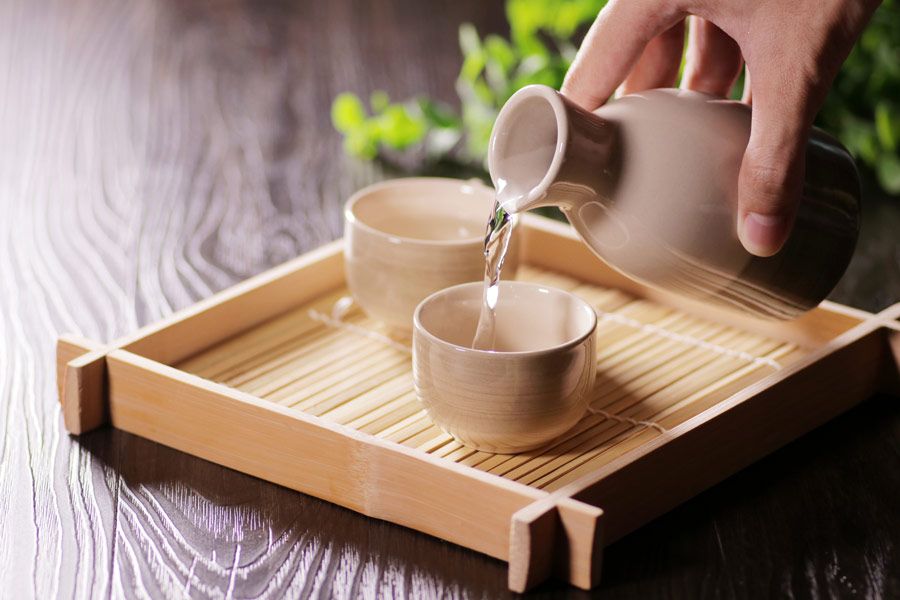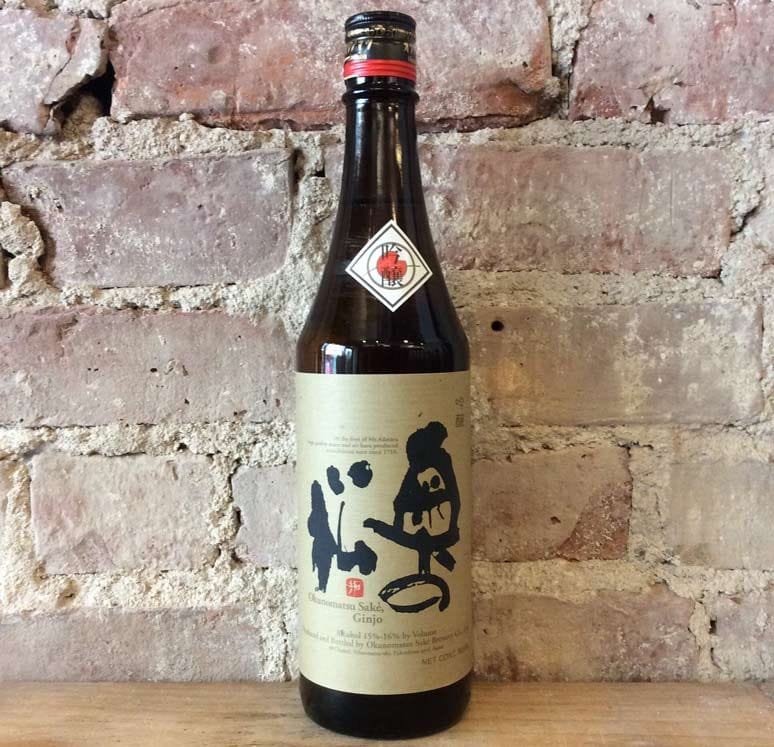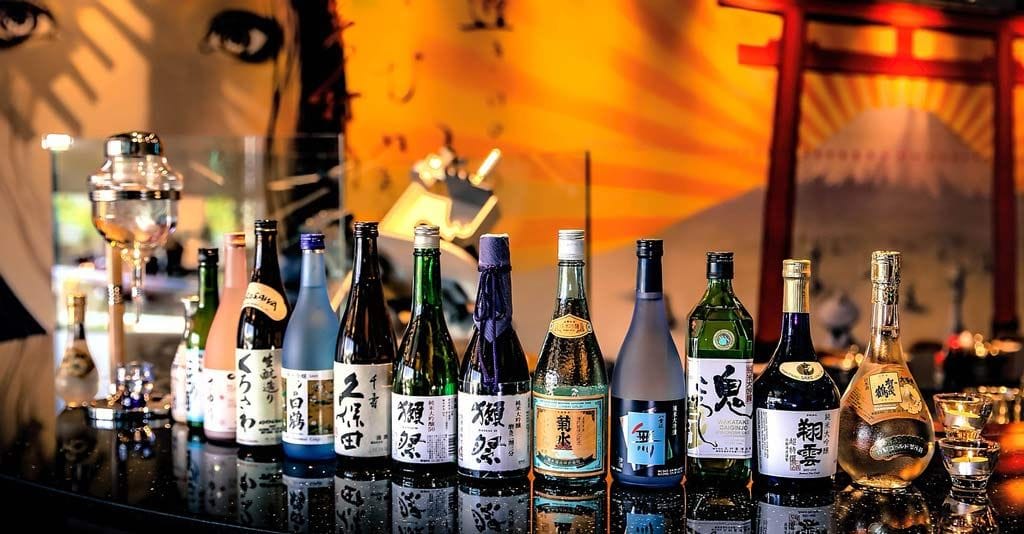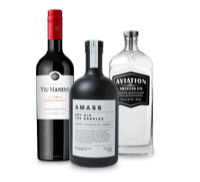Sake has been gaining a lot of momentum in the recent years, finding brand new audiences amongst wine lovers. Yes, wine and sake are alcoholic beverages but they are very different in terms of their brewing/cultivation methods, outlook and flavours. With these differences, you might question why wine connoisseurs are turning to sakes as an alternative.
Read: Our Sake Sommelier Tells us More About Japan’s National Drink
The Answer – Versatility!
Even with their differences, sake is very much like wine. As with different grapes varietals used to produce the vast offerings for wine, sake is created from different rice strains, with varied polishing methods and percentages, and fermentation techniques.
Similar to wine, Sake’s versatility makes it work well when paired with various other cuisines — from Cantonese to Thai – through to street food favourites such as Ceviche, and, even our hawker fare: Fried Hokkien Mee or the “wok-hei” laden Char Kway Teow!
How sake is made

Ever since Sake started gaining popularity in the US, the Americans have tried brewing their own domestic sakes. But the best sakes are ultimately originated from Japan. Brewing Sake is a labour of love, tedious, if you were to compare it to winemaking. To put it simply, wines are made by fermenting grapes, then adding yeast to convert the grapes’ sugar’ into alcohol. Sake, however, is made in different stages. Furthermore, rice does not contain sugar in a natural form that can be converted into alcohol.
For basic fermentation to occur, organic matters such as carbohydrates or proteins which are decomposed by microorganisms (eg. yeast, bacteria) and converted into another specific substance. In the case of Sake, it is alcohol.
The method of fermenting Sake in theory involves more than just one fermentation action. In simple terms, rice is first polished to a specific percentage, then steamed. For a sake to be classified as a Daiginjo, at least 50% of the rice’s outer layer has to be polished away, leaving behind the shinpaku (core of the rice). For a Ginjo, a minimum of 40% has been polished away. This polishing step is extremely important because it affects the sweetness and flavour of the Sake as the most delicate flavours are found in the core of the sake rice grain.
After steaming, a portion of the rice is used to make koji (steamed rice inoculated with fungus). Rice inoculated with koji will have white spots on each grain along with aromas of chestnuts. Steamed rice, koji and yeast starter are added into a small fermentation tank. Alcoholic fermentation begins and saccharification occurs simultaneously. This is the only fermentation method whereby sake is able to obtain the highest alcoholic content (up to 22% ABV) among the other fermented beverages in the world.

With such a painstaking and careful creative process, it is no wonder why Sake is deemed as a premium beverage among sommeliers and wine lovers.
If you are looking to enjoy premium Japanese Sakes, we have a decent collection over at our Bottle Shop. Connoisseur or not, you will definitely find something that suits your palate!




